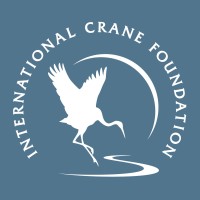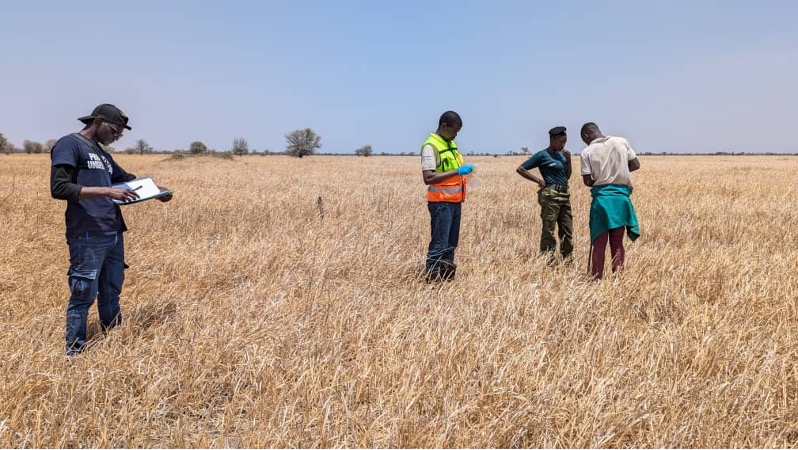JRS Grantee International Crane Foundation continues to build data on the key biodiversity indicators identified in year one of the project despite the low water levels experienced in 2024. The team, now led by Kelvin Steven Floyd, collaborated with the University of Zambia‘s faculty of Biological Sciences, the Department of National Parks and Wildlife (DNPW), and the Zambia Agriculture Research Institute (ZARI), BirdWatch Zambia, the Department of Fisheries, schools, and local communities to undertake the systematic ground counts, vegetation monitoring, biannual waterbird counts, gill net surveys, and camera trapping. Data is being shared on iNaturalist and will also be available on the Kafue Flats Wetlands Information System (KFWIS), a platform being developed in hand with FBIS, an open-access, online platform designed for hosting, analyzing, visualizing, and sharing freshwater biodiversity data developed by JRS grantee Freshwater Research Centre.
We are glad to share photos from iCrane’s most recent field expeditions during which the team collected data on:
1. Mammals
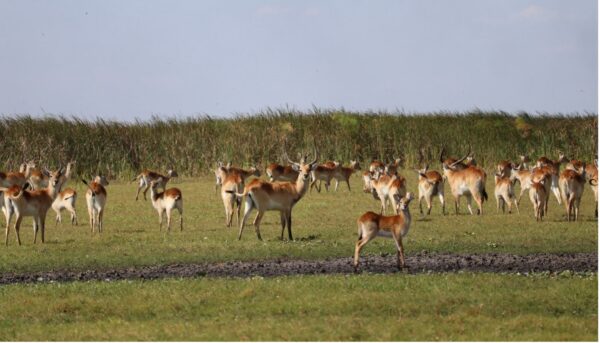
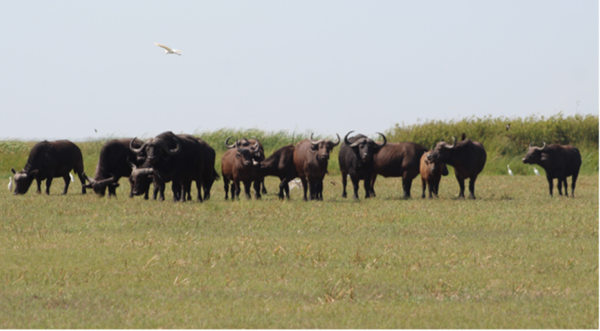
2. Herpetofauna (Reptiles and amphibians),
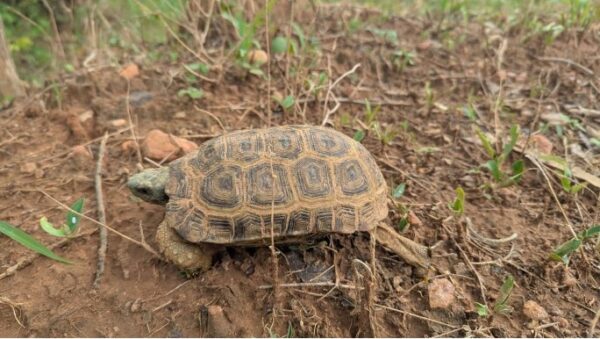
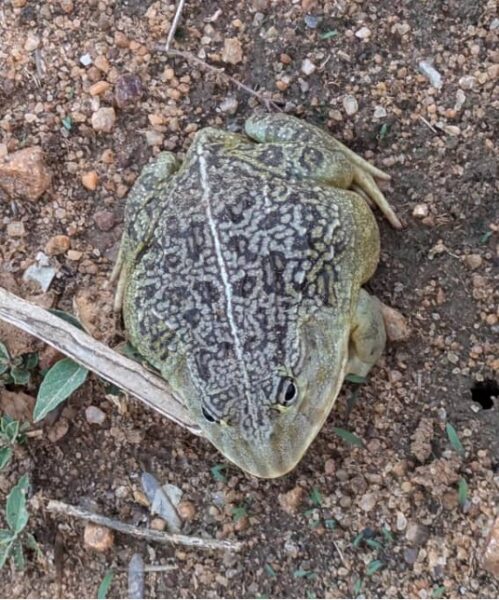
3. Fish and Invertebrates

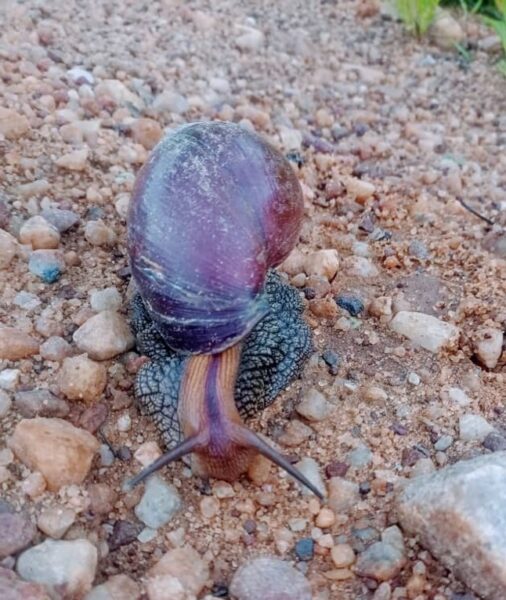
4. Birds (waterbirds and woodland birds)
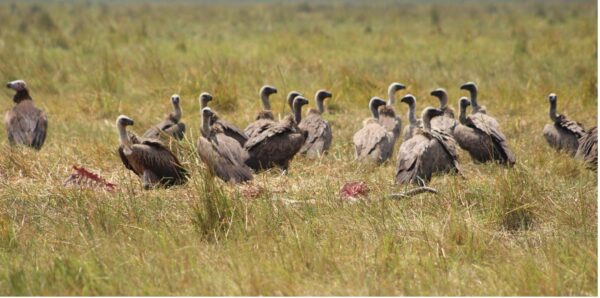
5. Forests and vegetation
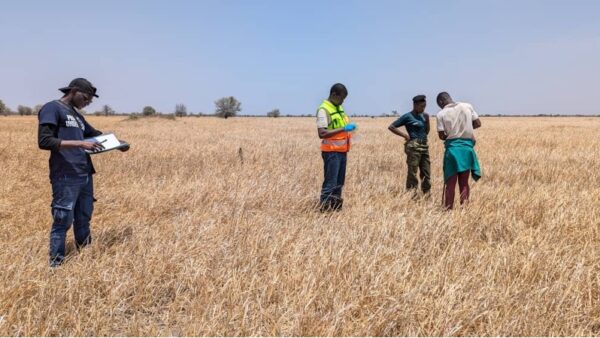
One result to highlight is that despite the lower water levels throughout 2024, waterbird populations and species diversity show an increase, which is a key indicator of restored wetland health and underscores the success of iCrane’s habitat restoration efforts through the removal of Mimosa pigra. The continuous expansion of the invasive shrub Mimosa pigra on the Kafue Flats remains a major challenge to the biodiversity and local livelihoods. The iCrane team is addressing this challenge and looking at ways to ensure the long-term sustainability of invasive species management, which they believe could be enhanced through community-driven initiatives.
Project Director Kelvin Steven Floyd made a presentation at the Southern African Wildlife Management Association (SAWMA) conference in Namibia last October detailing how the removal of invasive species (Mimosa pigra) on the Kafue Flats has benefitted the biodiversity and contributed to resilience of the ecosystem while also benefiting communities through job creation. After the conference, he was asked by a panel of experts to submit an extended abstract which will be published in the African Journal of Wildlife Research, a special edition of the journal – Proceedings of the 2024 SAWMA Conference, Windhoek, Namibia. The title of Floyd’s abstract is “Control of an invasive plant – Mimosa pigra on the Kafue Flats to restore critical habitat for wildlife and livestock grazing”.
Read more about the Designing and Implementing a Wetland Information System for the Kafue Flats Wetlands, Zambia project here.
